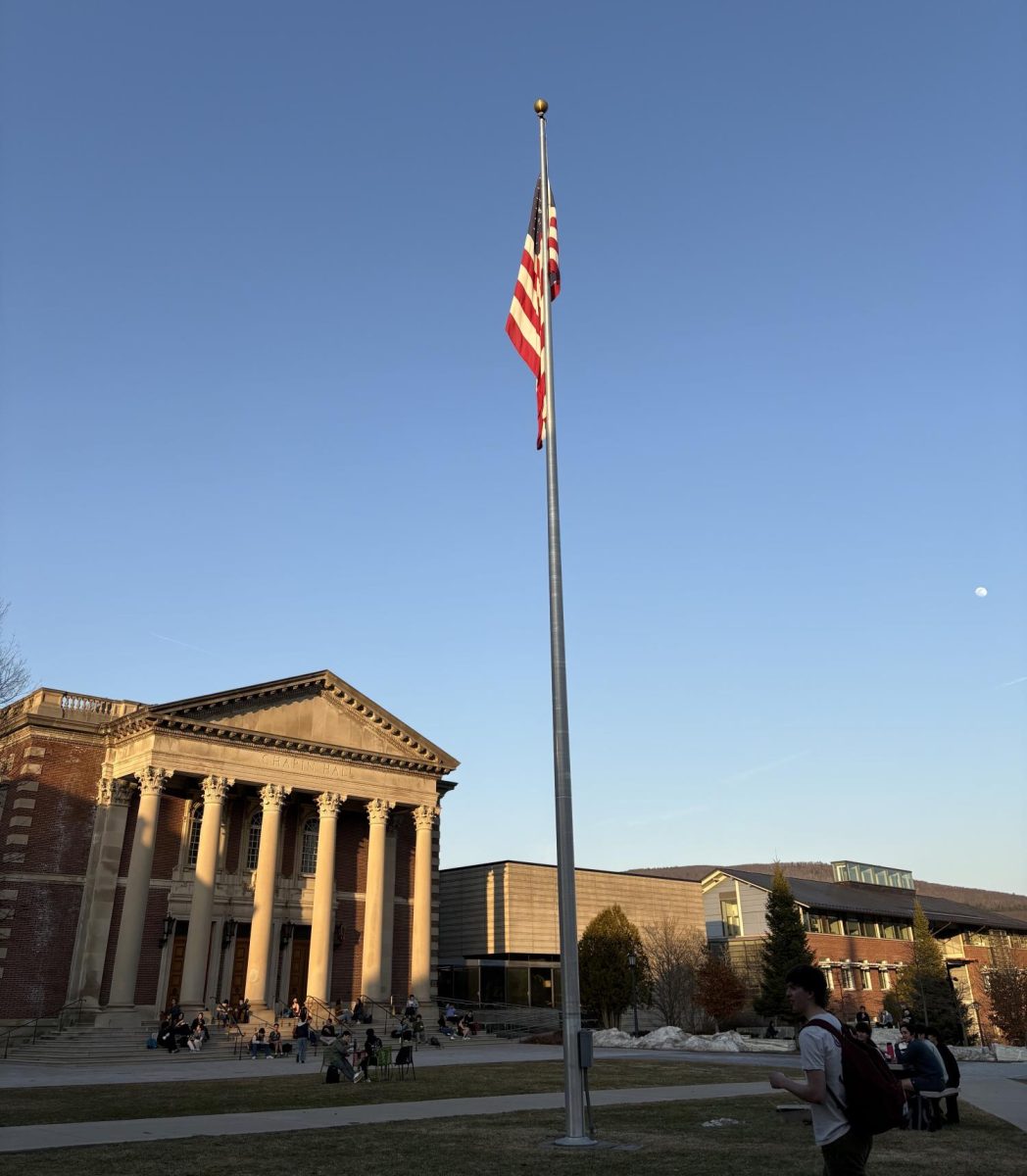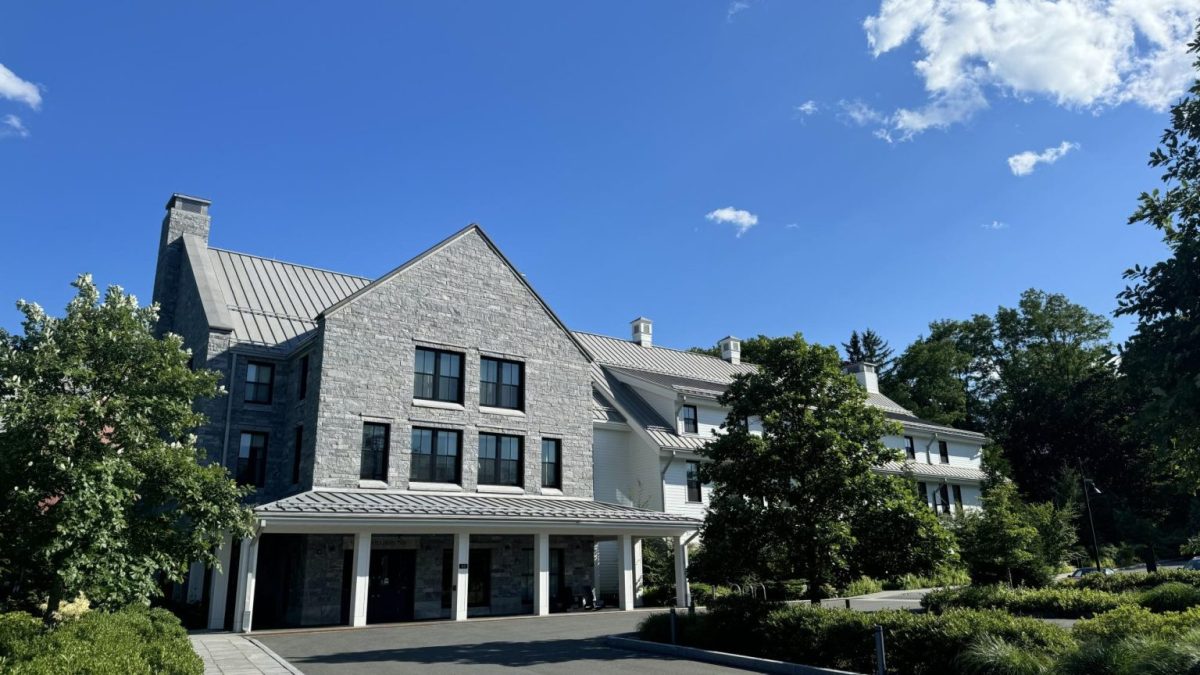The Mount Greylock Regional School Committee voted unanimously on Thursday to accept a $3.5 million bid by construction firm William J. Keller & Sons to build a new track and field facility at Mount Greylock Regional School (MGRS), pending the successful completion of negotiations.
The new facility, expected to be completed by spring 2025, will enable MGRS — which serves middle and high school students from Williamstown, Lanesborough, New Ashford, and Hancock, Mass. — to host meets, which are now held at the College or other secondary schools, according to the School Committee.
“When [the College] was on spring break and when its track team was mostly done with its season, we would be allowed to come use the Williams track,” said Kate Swann ’26, who attended MGRS and ran for its track team.
“The availability of [the College’s] facilities has declined due to the increased needs of Williams athletes while the track and field program at Mount Greylock continues to grow,” the committee wrote in a message to voters in March. Last school year, 38 percent of MGRS students participated in soccer, lacrosse, or track and field.
Swann said that she enjoyed using the College’s facilities — despite their limited ability — as a high school student. “It’s not always available to host meets, but it’s available enough,” she said. “It is tough to share space with [the College], but [it] has really nice facilities, so being able to use them is a really great privilege.” Another advantage, she said, is that meets held at the College’s track, which has more lanes than most high school tracks, were especially efficient.
The effort to construct new athletic facilities at MGRS began with the construction of a new campus in 2016. Since then, the School Committee has considered several proposals to build an artificial turf field but has rejected all of them following extended dialogue within the community about artificial turf’s cost and environmental impact.
After finally soliciting bids this July for a natural grass field, the School Committee faced another setback when the bids it received in September exceeded cost estimates by over 40 percent, causing the Committee to issue another request for bids after reevaluating the project’s scope.
“We took a look at the value engineering we could do to bring a project forward that would be of extreme value for our students and our community,” Joe Bergeron ’01, the district’s business manager, said at the School Committee’s Sept. 14 meeting. The committee reduced costs by roughly $1.4 million by removing bleachers, the concrete pad on which they were to be built, an irrigation system, and a press box, as well as changing some surfaces on footpaths.
The majority of the funding for the project will come from an endowment created by the College in 2016 to fund capital projects at MGRS.
The committee said it expects to spend the entirety of the $3.5 million remaining in the endowment in order to reduce the tax increases resulting from borrowing money, although this entails forgoing the possibility that it will grow in the long term, allowing the school district to extract greater value from it.
“Until recently, the School Committee planned to keep at least $1 million in reserves for long-term facility renewal needs,” its message to voters read. “However, in partnership with Town officials, a preference emerged for the district to spend down the Williams College gift and develop other approaches to long-term capital maintenance and improvement funding. This approach reduces the current request of taxpayers while addressing both the short and long term needs of the district.”
The remainder of the funds will come from borrowing, Williamstown’s Community Preservation Act funds, and gifts from community members, which are expected to yield $5,000 to $10,000. At their respective town meetings this summer, voters in both Williamstown and Lanesborough authorized the district to borrow up to $800,000, which is projected to increase property taxes for the median Williamstown homeowner by up to $24.67 annually for the next 10 years. Williamstown voters also authorized the use of $100,000 in Community Preservation Act funds for the project. Between these sources, the School Committee gained the authority to spend up to $4.4 million for the project.
At Thursday’s meeting, Bergeron suggested that, if the project comes in under its $3.5 million budget, the district should consider paving all walkways in the project with asphalt rather than paving some with gravel, which would add back roughly $40,000 in costs.
The motion passed by the School Committee included a provision to move to the second-lowest bidder, Rifenburg Contracting Corporation, should the contract with William J. Keller & Sons fall through. However, Bergeron said that was improbable. “It’s highly unlikely that anything would go wrong — it would be if something catastrophic happened, like if they weren’t able to supply the necessary bonds,” he said.


















